How to Charge a Battery: Tips for Longer Battery Life
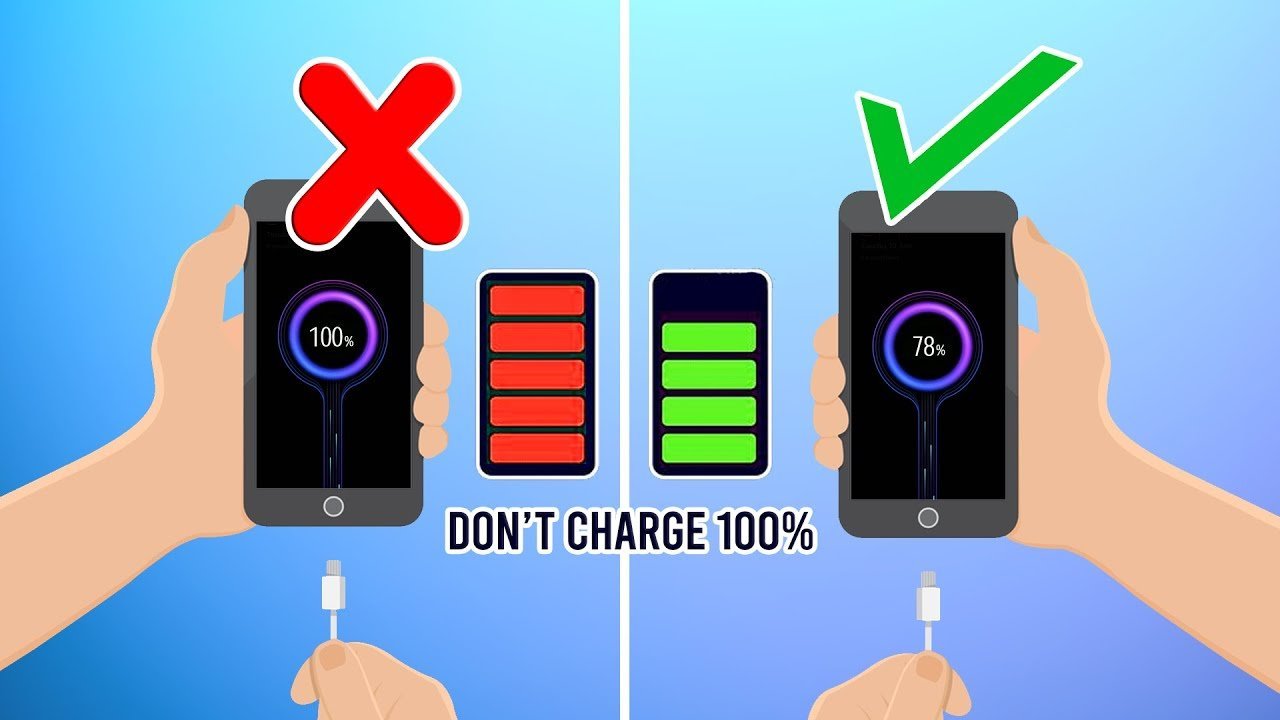
It happened again—mid-way through a video chat with your mom, your phone shuts down. Even though you were sure you charged it, it just can't seem to hold a charge lately. This constant battery anxiety is frustrating, especially with an expensive phone. But before you start saving for a replacement, consider this: your daily habits around charging your battery could be the real issue. Making a few simple adjustments can make a huge difference, saving you money and keeping your phone healthy for years to come.
This is starting to become a problem, as you depend on your phone for work and personal communications. You want to be able to rely on your investment without worrying how long you're going to be away from a power source.
You've heard about the potential to overcharge phone batteries, but now it seems all too real. Is this just a myth or the source of your recent problems?
Read on to find out.
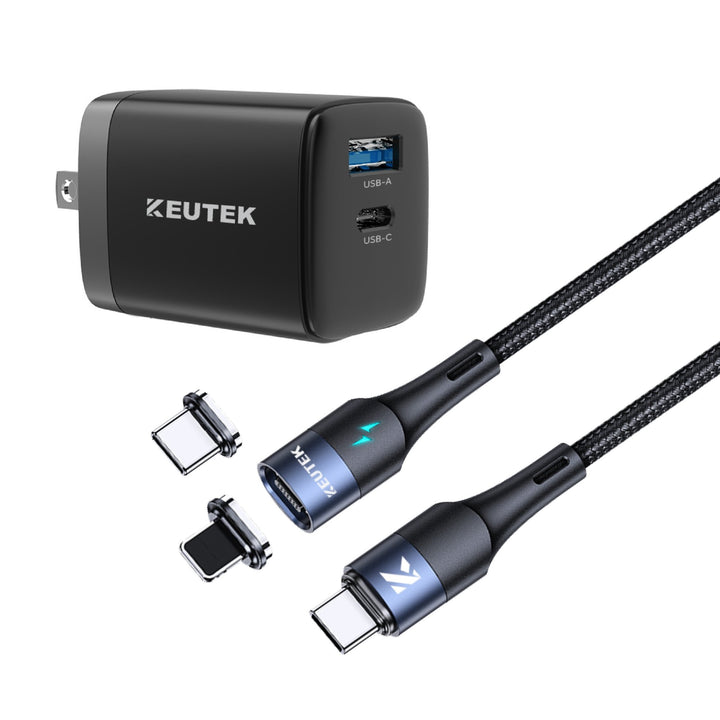
Fast Charging Cable + Wall Charger Bundle
Crafted for heavy everyday use. Fast charges all Apple and Android devices. Charges up to 50% from 0% in 20 minutes. Automatic shutoff protects your device from overcharging.
Shop NowHow Does Battery Charging Actually Work?
Most smartphones today contain a lithium-ion battery. This type of battery is different from its predecessors because of its long life expectancy, high efficiency, and lower environmental impact. It also charges faster than other types of rechargeable batteries.
When a lithium-ion battery is charging, it relies on four primary components:
- Cathode - creates the lithium ions and determines the voltage and capacity of the entire battery
- Anode - stores and releases lithium ions created in the cathode
- Electrolyte - helps move the ions
- Separator - necessary barrier between cathode and anode
When you plug a phone in, there is an activity from the positively charged ions from the anode to the cathode. When this happens, the cathode becomes positively charged-- more so than the anode. A positively charged cathode attracts negatively charged electrons.
The separator is the catalyst that promotes this movement. When a device is plugged in to charge, this sequence of events begins-- thus recharging the battery.
Learn more about how lithium-ion batteries work on the Battery University site.

How Smart Chargers Function
Thankfully, you don't have to manually unplug your phone the second it hits 100%. Modern chargers are much more intelligent than their predecessors. A charger does more than just send power to your device; it actively manages the charging process. Instead of delivering a fixed voltage and current, a smart charger constantly adjusts the power flow based on what your battery needs at any given moment. It communicates with your device's battery management system to monitor its charge level, temperature, and overall health. This is why your phone can charge rapidly when the battery is low and then slow down as it approaches full capacity, protecting the battery from stress. Using a high-quality fast wall charger ensures this process is handled efficiently and safely, preserving your battery's long-term health.
Understanding Voltage and Maintenance Mode
This intelligent charging is especially critical for the lithium-ion batteries in our phones. Pushing too much voltage into a nearly full battery is dangerous and can lead to overheating, which degrades the battery and, in rare cases, can even pose a fire risk. Smart chargers have built-in safety circuits specifically to prevent this from happening. Once your battery reaches 100%, the charger essentially stops the main power flow. It then switches to what’s often called a "maintenance" or "trickle charge" mode. In this state, the charger only supplies tiny sips of power as needed to keep the battery topped off at 100%, preventing the strain of a continuous, full-force charge.
Common Technical Charging Methods
Engineers use several specific techniques to manage battery charging, with names like Pulsed Charge, Taper Current, and Float Charge. While the list is long, most modern smart chargers primarily use a two-stage process called Constant Current, Constant Voltage (CC/CV). During the first stage, Constant Current, the charger delivers a steady, high current to quickly charge the battery when it's empty. As the battery’s voltage reaches its peak, the charger switches to the Constant Voltage stage. Here, it holds the voltage steady while the current gradually drops off. This sophisticated method allows for both speed and safety, getting your device powered up quickly without the risk of overcharging.
Can You Really Overcharge Your Phone's Battery?
A lithium-ion battery should have at least 400 successful charges before you start to see changes in performance. Once it hits this amount (or sooner), the battery begins to lose the capacity for a charge. We then overcompensate by charging our phones overnight, even though it only takes a lithium-ion battery a few hours to fully charge.
You might have heard about "overcharging" as a detriment to battery health. In reality, overcharging is not possible with lithium-ion batteries in our phones, as special software kicks in to stop pulling energy from the charge current once the battery hits 100%.
A real case of overcharging would actually cause the battery to swell or burn due to the amount of heat created during the charge.
Although this is true, it's the overnight (or all-day) "trickle" charging that impacts the longevity of your battery level. As your phone charges idly on the counter, it's losing a tiny amount of charge as it runs background tasks. When the protection chips detect that the battery is less than 100% charged, it compensates for the amount of energy lost.
Consistently charging batteries like this will lead to irreversible damage. This is something you may want to avoid, as replacing a device that's been damaged by a swelling or leaking battery is not the sort of thing you want to spend your spare change on.

What Else Is Draining Your Battery?
Trickle charging is not the only bad behavior responsible for declining battery lifespan. Keeping the following factors in mind, as well as using your phone for most of a charge, will keep you from replacing that $1,000 device sooner than you might want to.
Parasitic Loads: The Silent Battery Drainer
Parasitic load happens when you leave a battery plugged in to charge but simultaneously use the device at a rate that leaves the battery drained.
Watching television, playing games, or editing photos while your phone charges can cause future problems as this behavior induces "mini charge cycles." A mini-cycle involves one small portion of the battery that is draining and charging quicker than the rest of the battery.
A parasitic load is even worse on the battery if the battery is already fully charged. Plugging your phone in to "keep it at 100%" is actually causing voltage stress and more heat.
How do you avoid parasitic load? Turn off your phone when charging, and wait to watch that new episode until you unplug the device from its power source.
Keep it Cool: Why Temperature Matters for Your Battery
Heat is the ultimate enemy to a battery. High temperatures put a lot of stress on the tiny machine--one that is responsible for a very careful chemical reaction.
Batteries are not designed to withstand high amounts of heat and may leak or explode. A battery under this amount of stress may also damage any device it is connected to.
Increases in battery temperature are directly correlated to their capacity. If a battery is kept to 77 – 86 degrees Fahrenheit (a pretty ideal temperature for a battery), it will retain about 80% of its charging capacity after one year of cycles. Pushing this temperature will rapidly expedite the process at which it can no longer hold an effective charge.
To avoid this level of heat stress, keep your phone on its own charging table. Do not allow it to charge under your pillow or blankets, and avoid charging where it will be hit by direct sunlight.
Additionally, you'll want to use fast-charging devices with caution. These high-voltage devices can create a lot of heat, which is why you'll want to avoid leaving your phone plugged into this kind of tool for an extended period of time.
Idle Charging: Is It Harming Your Battery?
Leaving your phone plugged in all day may seem like one way to avoid a spent battery. However, metallic lithium plating can begin to form around the anode when the lithium ions are accumulating in the anode. This deposition will build up in the battery and cause the battery to eventually malfunction.
Additionally, a fully charged battery will generate heat as the energy doesn't have anywhere to go. Keep your home (and your phone) safe from the fallout and unplug your device as soon as it hits a full charge (or slightly less!).
How to Recalibrate Your Phone's Battery
If you are noticing that your phone dies pretty quickly after it reaches a 30% charge, you may need to recalibrate the software that is used to detect this charge percentage. An accurate reading can be achieved by allowing the battery to drain to 0% and then charging (while off) back up to hit 100% battery.
Once it's fully charged, you can turn on your phone to see an updated reading.

How to Check Your Phone's Battery Health
Batteries in poor health will perform with severely degraded performance. Additionally, they might give off the following warning signs of possible danger:
- The acidic smell of sulfur compounds
- Swelling of the battery unit
- Hot to touch
- Smoking device
- Electrical burn smell
If any of these warning signs are detected, the battery will need to be disposed of safely and quickly. An acid spray may be released if the battery cracks or swells enough due to the chemical reaction. This acid is very dangerous to your skin and eyes and can ruin your clothing and other household items.
Keeping Your Car's Battery in Top Shape
Just like your phone, your car's battery needs some attention to perform its best. A dead car battery can leave you stranded at the worst possible time, but with a little know-how, you can keep it in great condition and handle common issues yourself. Understanding the basics of car battery care is a simple way to ensure your vehicle is ready to go when you are, whether you're commuting to work or heading out on a road trip.
Why a Dead Car Battery Is More Common Than You Think
Your car's engine is designed to charge the battery as you drive, thanks to a component called the alternator. However, this system works best during longer drives. If your daily routine involves many short trips, the battery might not get enough time to fully recharge. Cold weather also makes it harder for the battery to hold a charge, and leaving your car parked for an extended period, like during a long vacation, can drain it completely. Understanding these common scenarios helps you anticipate when your battery might need a little extra help to avoid getting stuck.
Signs of a Failing Car Battery
Your car will usually give you hints before the battery dies completely. One of the most obvious signs is difficulty starting the engine, especially in very hot or cold weather. You might also see the "check engine" or battery warning light illuminate on your dashboard. Pay attention to your car's electrical components, too. If your power windows, locks, or windshield wipers seem sluggish or aren't working correctly, it could be a sign that your battery is on its way out. Catching these signals early can save you from the headache of a car that won't start.
When Should You Manually Charge Your Car Battery?
Manually charging your car battery is a great maintenance step, especially if you know you haven't driven much. However, if you find your battery is constantly dying, there might be a bigger issue at play, like a faulty alternator. In that case, charging it is just a temporary fix. It's a good idea to have a mechanic or an auto parts store test your battery and charging system periodically. This helps you know if you just need a top-off charge or if it's time to replace a component before it fails.
How to Charge a Car Battery: A Step-by-Step Guide
Charging your car battery at home is straightforward with the right tools and safety measures. Here’s what you need to know to get it done safely.
Required Equipment and Prep Time
You'll need a dedicated car battery charger with cables and clamps, access to an electrical outlet, and possibly an extension cord. The good news is that the setup is quick, usually taking only about five minutes. Having a quality charger on hand is a smart move for any car owner, especially if you're a frequent traveler or live in an area with extreme temperatures.
Critical Safety Precautions
Safety first, always. Before you begin, read the manuals for both your car and your battery charger. Take off any metal jewelry, and make sure the charger is turned off and unplugged before you connect or disconnect any cables. This prevents sparks and protects both you and your car's sensitive electronics. Keeping other electronic devices away from the charging area is also a good practice.
The Charging Process
With the charger off, connect the red (positive) clamp to your car's positive (+) battery terminal. Next, connect the black (negative) clamp to the negative (-) battery terminal. Once the clamps are secure, you can plug in the charger and turn it on. Some chargers will automatically detect the battery's voltage and start the charging process for you.
Charging Modern Cars with a Battery Management System (BMS)
Many newer cars come equipped with a Battery Management System (BMS), which is a small sensor typically located on the negative battery terminal. This system monitors the battery's health and state of charge to optimize performance and lifespan. If your car has a BMS, it's crucial to connect the charger correctly. Connecting the negative clamp directly to the negative battery terminal can bypass the BMS, preventing it from accurately tracking the energy going into the battery. Instead, you should connect the negative clamp to a designated chassis ground point on the car's frame, as specified in your owner's manual.
Troubleshooting Common Charging Problems
If your charger doesn't start or shows an error light, the first step is to double-check your connections. An improper connection is the most common culprit. However, if you're certain the clamps are correctly placed and the charger still won't work, the battery might be too deeply discharged for the charger to recognize it. Some advanced chargers have a "repair" or "recondition" mode that can help in this situation. If not, you may need a professional jump-start to give the battery enough initial charge for your home charger to take over. Being prepared for these moments is key, which is why having reliable power sources, like a portable power bank for your devices, is always a smart part of any emergency kit.
Smart Charging Tips for a Longer Battery Life
Do you have your heart set on keeping your current smartphone for as long as possible? Extend your battery lifespan and consider these phone charging suggestions:
- Stop overnight charging that encourages trickle overcompensation, or charging for long periods of time
- Try not to full-cycle charge (completely dead battery to 100%)
- Top off your phone more often
- End your charge at 80% battery capacity
- Use fast-charging cables responsibly-- never overnight
- Keep your phone out of hot places-- including hot vehicles, in direct sunlight, in your pocket
- Turn off your phone before charging to avoid trickle-charging
- Avoid mini-cycles by abstaining from videos and games while the device charges
If you can charge your phone for short periods of time during the day, this is the ideal method. If you can only charge overnight, stay away from fast charging tools. You don't need them!

Portable Solar Power Bank 26800mAh - 99Wh Fast Charger
Lithium Polymer (Li-Po) battery. PD fast charging. Holds up to 8 days of reliable power on a single charge. Boasts a charging speed 50% faster than ordinary portable chargers.
Shop NowStay Powered Up, No Matter Where You Are
Keeping your phone free of cosmetic screen cracks or water damage is just one part of being a responsible phone owner. The overall longevity of your device is reliant on the health of your battery. Remaining conscious of your phone's temperature, charging tendencies, and parasitic load will keep you from having to replace the battery (or the entire device) sooner than you'd like to.
Short, consistent charging cycles and cooler temperatures will create the healthiest environment for your device.
Even if you pay attention to best charging practices, your phone batteries will eventually need some power. To prepare for a long trip or a long day void of outlets, browse our portable power banks. With a fast-charging solar power bank, you won't have to worry about losing touch again!
Frequently Asked Questions
So, is it actually bad to leave my phone plugged in overnight? While your phone is smart enough to prevent a dangerous overcharge, leaving it plugged in for hours isn't great for its long-term health. Once it hits 100%, the charger stops, but your phone continues to use a tiny bit of power. The charger then kicks back in to top it off, creating a cycle of tiny recharges. This process, often called "trickle charging," generates low-level heat and puts unnecessary stress on the battery, which can shorten its overall lifespan.
What's the ideal battery percentage to keep my phone at? Think of your phone's battery like a muscle; it doesn't like being fully flexed or completely relaxed for long periods. The sweet spot for battery health is generally between 40% and 80%. Instead of letting it drain completely and then charging it to 100%, it's much better to give it shorter, more frequent charges throughout the day to keep it within this comfortable range.
Is fast charging bad for my battery? Fast charging itself isn't inherently bad—it's a fantastic tool for getting a lot of power in a short amount of time. The potential issue is the heat it can generate. Using a fast charger for a quick 20-minute boost during the day is perfectly fine. However, it's best to avoid using one for an overnight charge, as the prolonged high-voltage session can create more heat and stress than your battery needs.
Besides charging, what's the single biggest enemy of my phone's battery? Without a doubt, the biggest enemy is heat. High temperatures permanently degrade a battery's capacity to hold a charge. This means you should avoid leaving your phone in a hot car, on a sunny windowsill, or even under your pillow while it charges. Keeping your phone cool is one of the most effective ways to protect its battery and ensure it lasts as long as possible.
My new car has a fancy computer system. Do I need to charge its battery differently? Yes, you likely do. Many modern cars have a Battery Management System (BMS), which is a sensor that monitors the battery's health. To charge it correctly, you should connect the charger's positive clamp to the positive battery terminal, but connect the negative clamp to a designated metal grounding point on the car's frame, not directly to the negative battery terminal. This allows the BMS to accurately track the charge, which is vital for the health of your car's entire electrical system.
Key Takeaways
- Rethink overnight charging to prevent battery strain: Your phone is smart enough to stop charging at 100%, but leaving it plugged in all night causes it to constantly "trickle charge" to stay full. This process generates heat and puts unnecessary stress on your battery, shortening its lifespan.
- Keep your phone cool and give it a break while charging: Heat is a battery's biggest foe, so avoid charging under pillows or in direct sun. Using your phone for gaming or streaming while it's plugged in also creates damaging "mini-cycles," so it's best to let it charge undisturbed.
- Adopt the 80% rule for a healthier battery: Instead of charging from 0% to 100%, aim to keep your battery between 20% and 80%. Frequent, partial charges are much less stressful on lithium-ion batteries than full charge cycles, helping you maintain performance for longer.


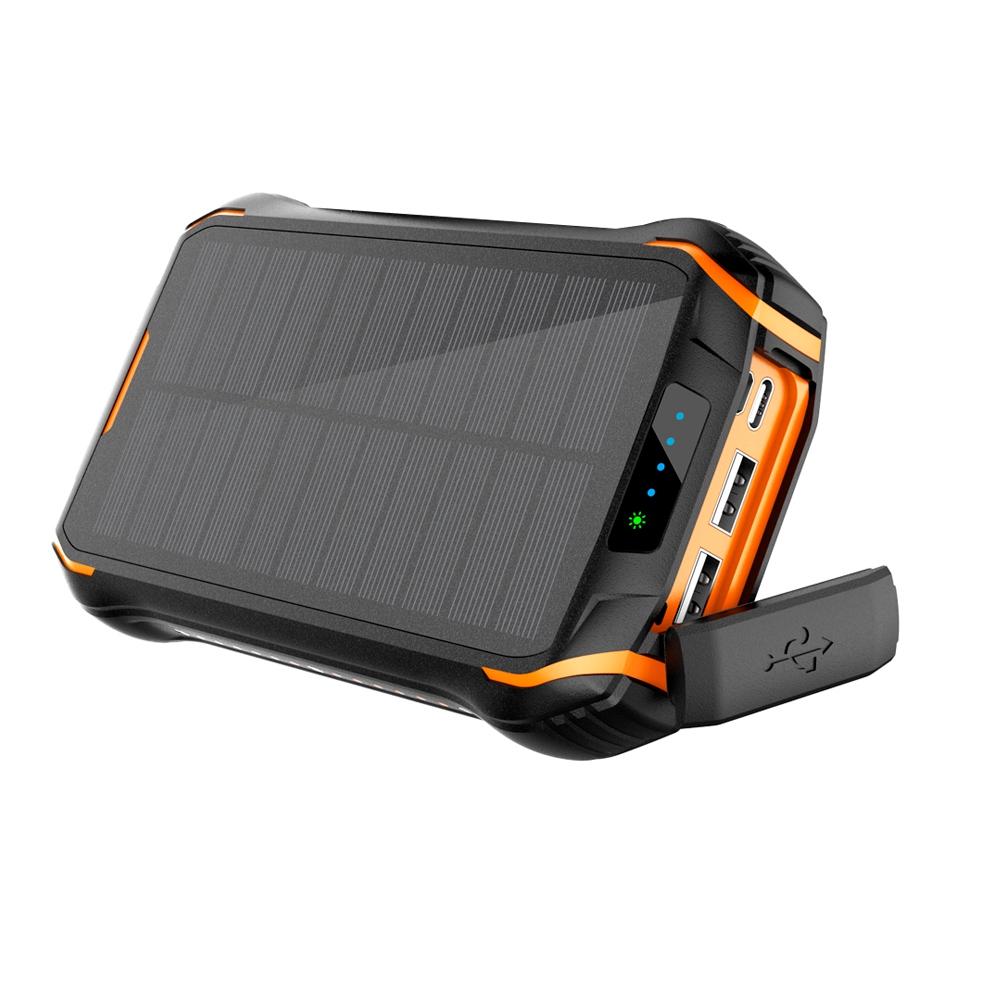
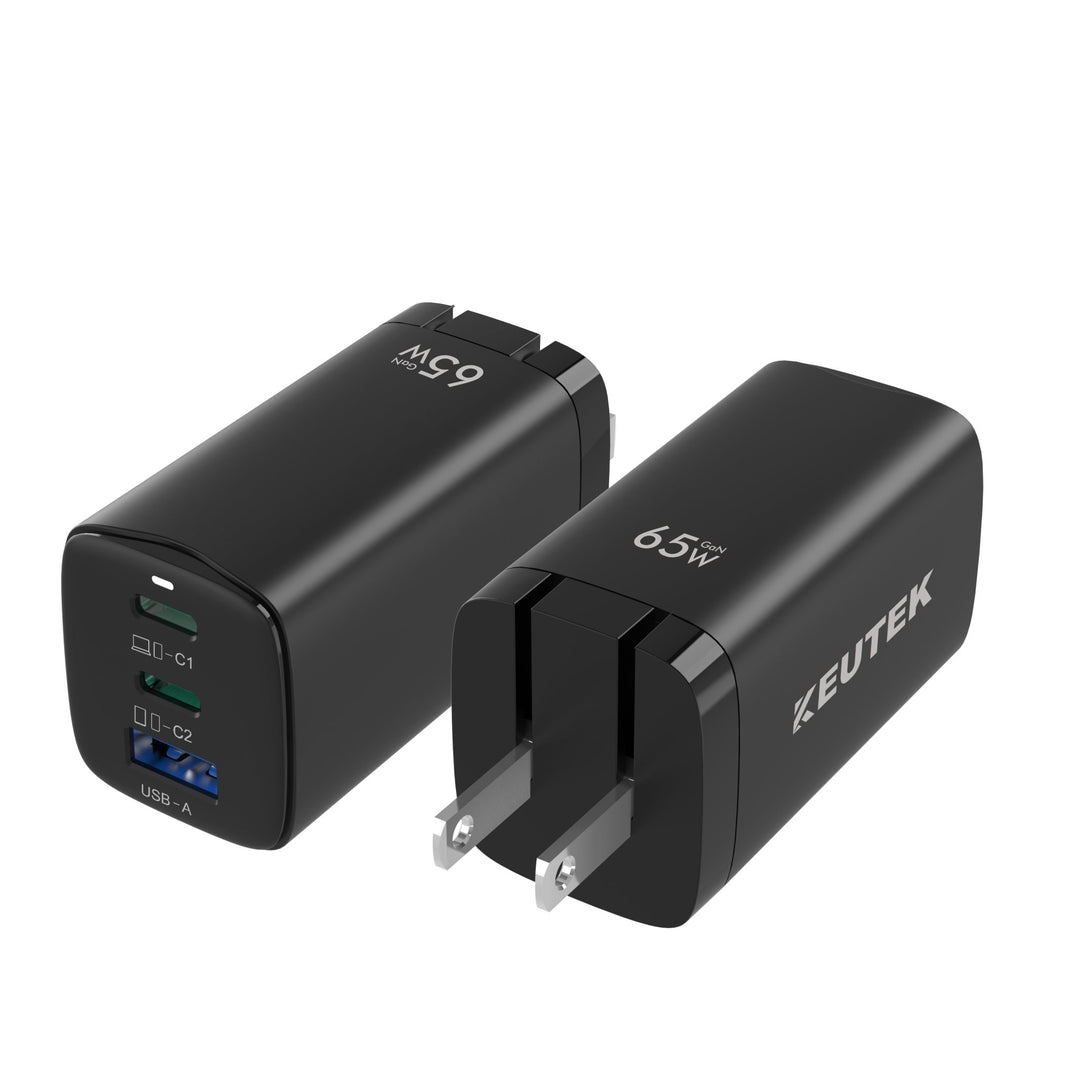
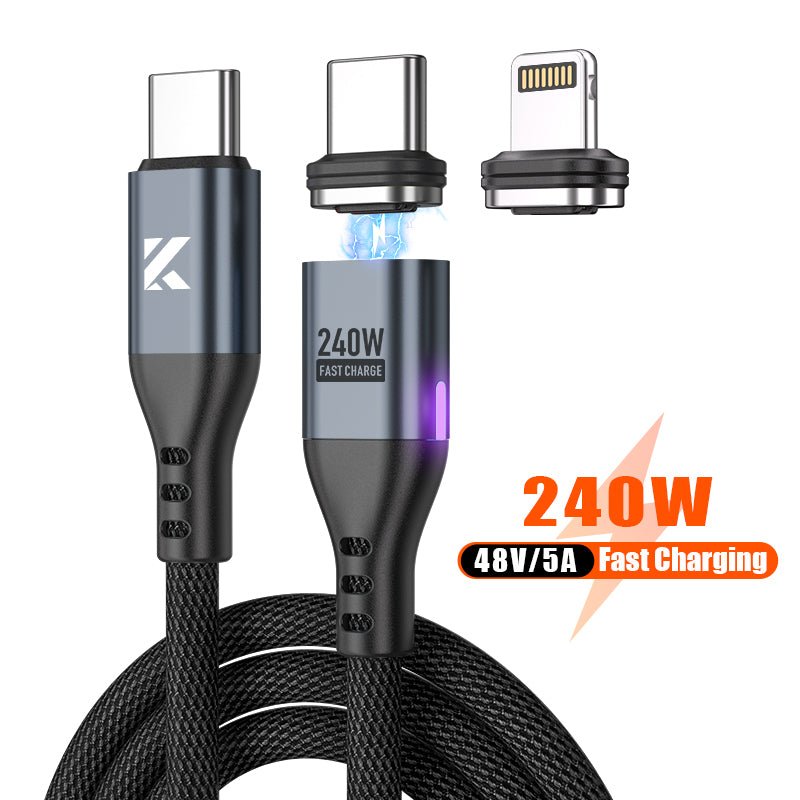
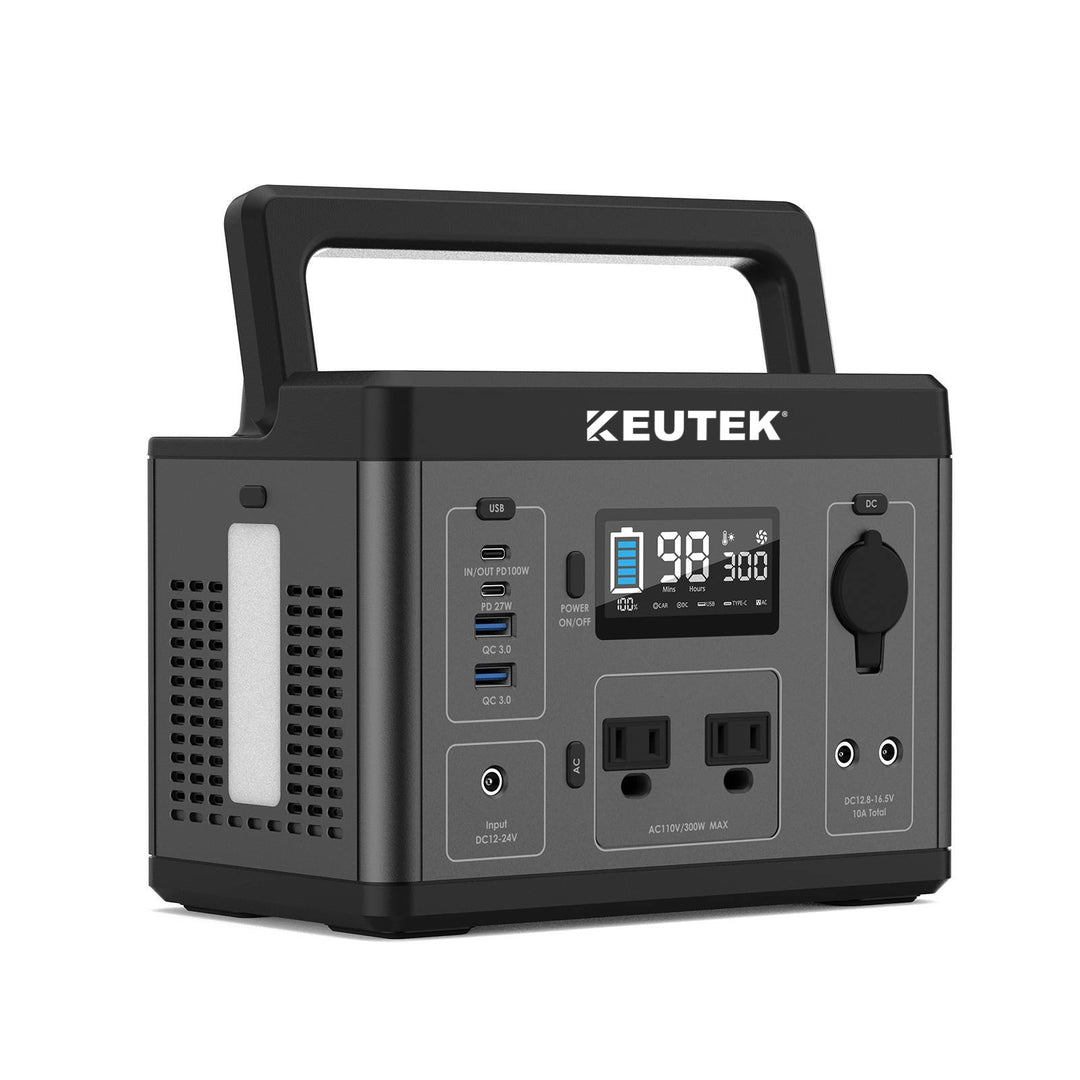
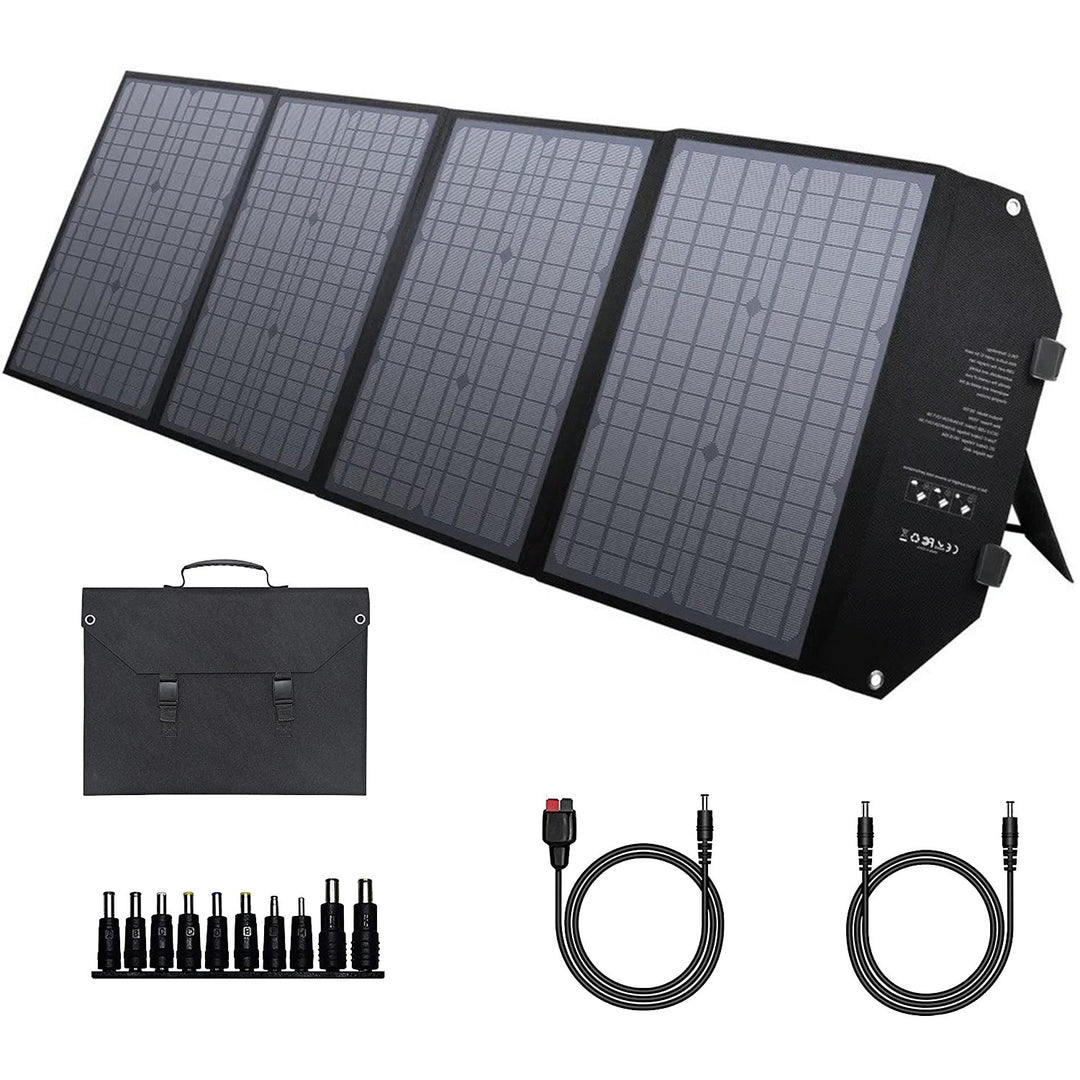
This article was so informative! I printed parts of it for my grandkids…I pay for their iPhones and all services…so I want them to use the proper methods of charging and maintaining their phones and iPads. I have purchased several of your charging cables and wall chargers. Happy customer!
Leave a comment